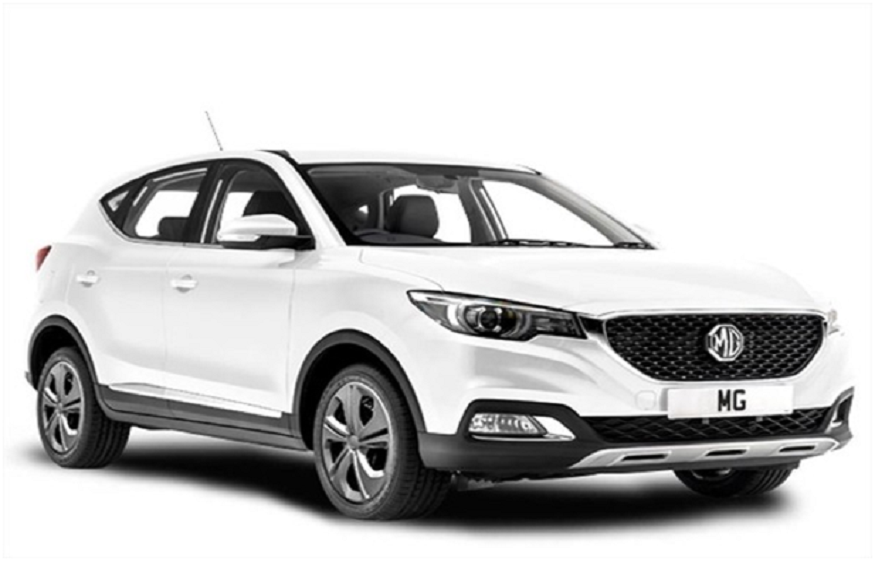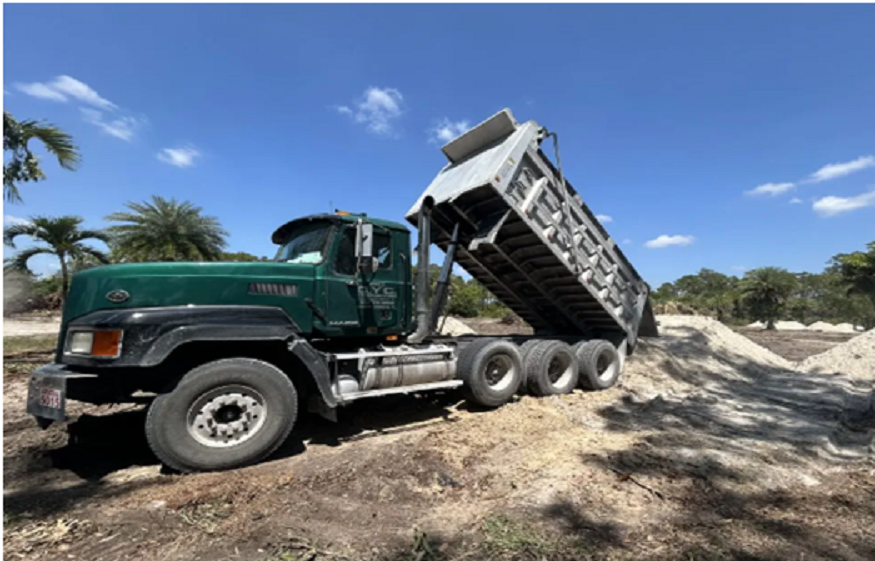Introduction
Off-road racing is as much about navigation as it is about speed and skill. In vast terrains with unmarked paths, the ability to stay on course is critical to success. Modern navigation technology has revolutionized the sport, providing racers with the tools to plan routes, avoid hazards, and optimize their performance. This guide explores the role of navigation technology in off-road racing and how it gives racers a competitive edge.
The Evolution of Navigation in Off-Road Racing
Before the advent of modern technology, off-road racers relied on basic tools like compasses, maps, and handwritten roadbooks to navigate challenging terrains. While effective, these methods required significant skill and offered limited accuracy. With the rise of GPS technology, off-road navigation has become more precise, allowing racers to focus more on driving and less on finding their way.
Today, navigation systems are tailored specifically for off-road racing, incorporating features like waypoint tracking, terrain mapping, and real-time updates. These advancements have transformed the sport, making navigation an integral part of race strategy and execution.
Essential Features of Off-Road GPS Systems
Modern GPS systems used in off-road racing are equipped with features that cater to the unique demands of the sport. Waypoint navigation allows racers to mark specific points on the course, ensuring they stay on track even in unmarked or remote areas. Preloaded terrain maps provide detailed insights into the course, highlighting obstacles, elevation changes, and potential hazards.
Other essential features include turn-by-turn directions, route planning, and integration with vehicle diagnostics. Some systems even offer real-time performance monitoring, helping racers adjust their strategy based on current conditions. The ability to combine navigation with other critical data makes these tools indispensable for competitive racing.
How Navigation Technology Improves Safety
Safety is a top priority in off-road racing, and navigation technology plays a crucial role in minimizing risks. GPS devices help racers avoid dangerous areas, such as steep cliffs, deep water crossings, or unstable terrain. Many systems include emergency tracking features that allow race organizers to monitor vehicles and respond quickly in case of an accident or breakdown.
Satellite communication devices, often paired with GPS systems, provide an additional layer of safety by enabling racers to call for help in remote locations without cellular coverage. These technologies ensure that both racers and their support teams can respond effectively to unexpected challenges.
The Role of Co-Drivers in Navigation
While technology has revolutionized navigation, the role of the co-driver remains essential in off-road racing. Co-drivers act as navigators, interpreting roadbooks, calling out directions, and making real-time decisions based on GPS data. Their ability to combine technological tools with human judgment is critical, especially in high-pressure situations.
Successful co-drivers are skilled at multitasking, maintaining clear communication with the driver while monitoring navigation systems. The synergy between driver and co-driver is a key factor in off-road racing success, with navigation technology enhancing their ability to work as a team.
Challenges of Using Navigation Technology in Racing
Despite its benefits, navigation technology comes with its own set of challenges. GPS devices can fail due to hardware malfunctions, software glitches, or environmental factors such as extreme weather. Relying solely on technology without backup tools like roadbooks or compasses can leave racers vulnerable in critical moments.
Additionally, interpreting navigation data while driving at high speeds requires skill and focus. Racers must practice using their systems during training to ensure smooth operation on race day. Balancing the use of technology with traditional navigation methods provides a safety net and ensures preparedness for any situation.
The Future of Navigation Technology in Off-Road Racing
As technology continues to evolve, navigation systems are becoming more sophisticated. Augmented reality (AR) displays are being explored as a way to provide racers with real-time navigation cues directly on their windshields. AI-powered route planning could help racers optimize their strategies based on changing terrain and weather conditions.
In addition, advancements in drone technology could offer racers aerial views of the course, providing a new level of situational awareness. These innovations promise to further enhance the role of navigation in off-road racing, pushing the boundaries of what is possible in the sport.
Conclusion
Navigation technology is a cornerstone of modern off-road racing, providing racers with the tools to stay on track, improve safety, and optimize performance. From advanced GPS systems to satellite communication devices, these innovations have transformed how racers approach navigation. By mastering both technology and traditional methods, off-road racers can navigate even the most challenging terrains with confidence, setting the stage for success in this thrilling sport.




